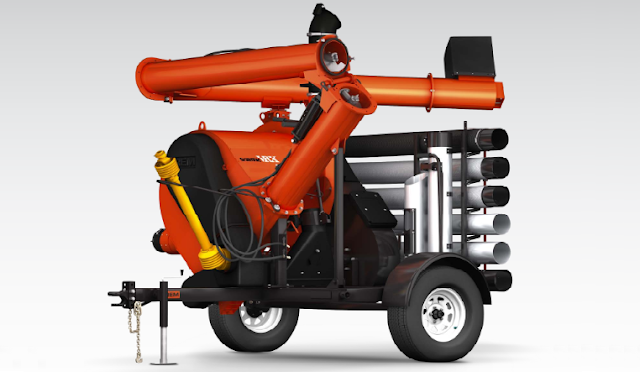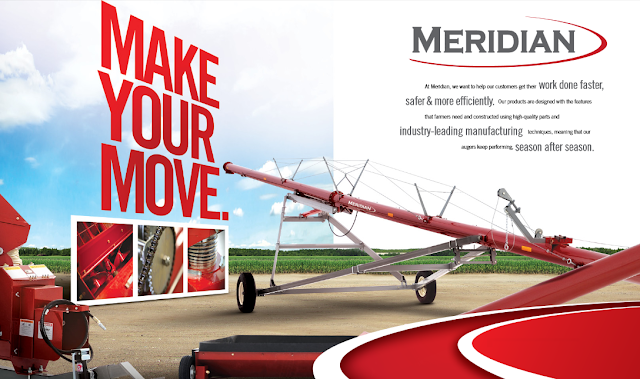Grain management is considered to be one of the most time-consuming and essential parts of the production process in the farming industry. Cutting the time you take to load a grain storage unit or transfer for transportation will increase your efficiency and speed up the process of your daily routine, saving your time, money and effort overall.
To keep your REM GrainVAC equipment in great shape, you should perform the following maintenance on a regular basis:
Regularly Change Blower Oil
Check That Blower Isn’t Overheating
Taking Care of Safety Screen
The safety screen on your GrainVAC should never be removed while the machine is in operation, but if there is a build-up on the screen to the point where it has become opaque, the machine should be shut down and cleaned when finishing operations. To save you this effort, run the machine at a lower rate to avoid build-up on the screen.
Keeping the Vacuum at Full Power
GrainVac Radiator Cleaning Solution
Normally, shutting down the machine and performing a take-down is the last solution you need due to extended downtime of the machine, but with a reversible fan such as the CLEANFIX fan, you can simply reverse the suction to blow out all of the debris from the radiator, saving you hours of laborious time.

Choosing A Modern GrainVAC System
The efficiency of the REM grain vacuum solutions not only apply to the huge capacity in which these machines can move grain, but also these energy savings apply to manpower in the way that cleaning and maintenance are reduced thanks to its reversible CleanFix fan system - as well as the initial investment.
Grain vacuum systems also reduce the time you need to spend inside a grain bin, making them a much safer alternative to both small-scale solutions, as well as the use of grain auger systems and their own issues. Modern grain vacuums such as the REM systems are the preferred choice when it comes to value for money, capacity, and efficiency for the modern farmer. Advantec Australasia is one of the prominent grain handling equipment providers in Victoria, Australia. With our award winning PRBM raised bed management system, we are renowned for providing efficient grain management solution in Australia. Head to our web page to learn about our product and offering.


































